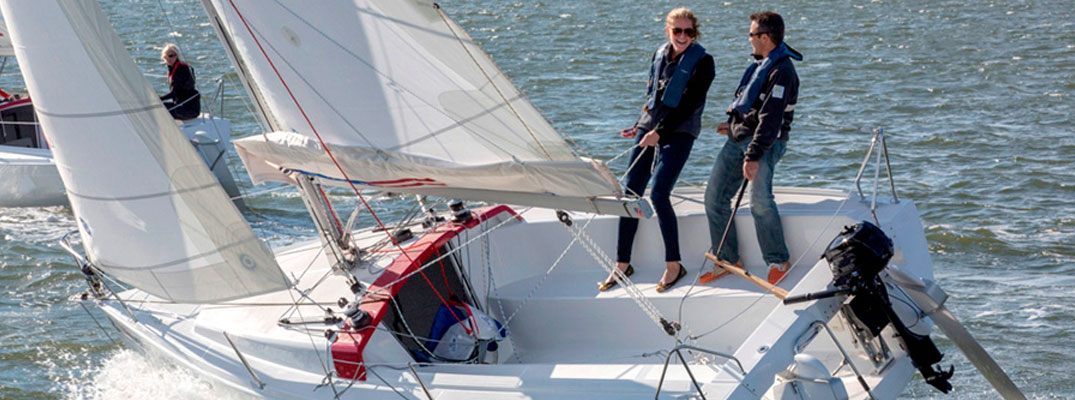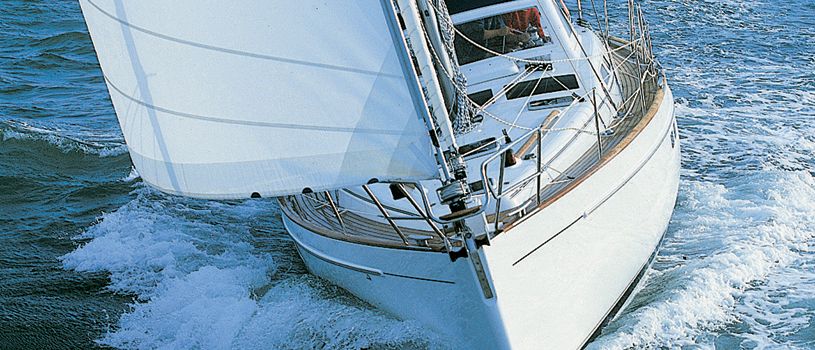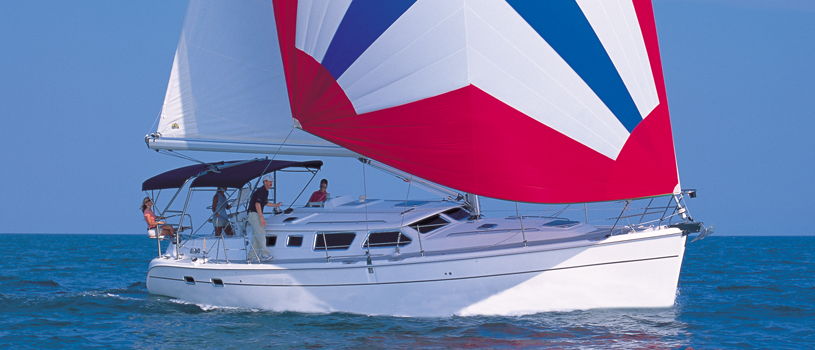sailboats
Sailboats run the gamut in size, from the simplest dinghy to the most prestigious “tall ship.” Their common theme is harnessing the power of the wind, rather than an engine, to propel them through the water. At least most of the time. While the smallest sailing vessels rely purely on the wind, most sailboats beyond the 18’ range rely on small inboard or outboard engines to move them through the water when the wind doesn’t cooperate or tight confines prevent the “tacking” back and forth that a sailboat uses to work with wind direction. Small sailboats use a centreboard (a board sticking out the bottom the boat to reduce sideways motion) and a rudder to maintain course and steer. Larger sailboats opt for a fixed keel, though its depth may prevent the boat from accessing shallower waters. Mono, or single-hull boats are most common, but catamarans (two hulls) and even trimarans (three hulls) are found in a variety of sizes.
Learn more about …
Quick Stats
- sailing
- overnight cruising
- day cruising
- N/A Max
- 2.1 - 21.3 m (7 - 70 ft)
- sail power
- trailerable
Dealers and Manufacturers
Sign up to receive information from dealers and manufacturers on various boat types and models.
Contact Dealers and Manufacturers* Price Range varies depending on size, make and model of the boat.









